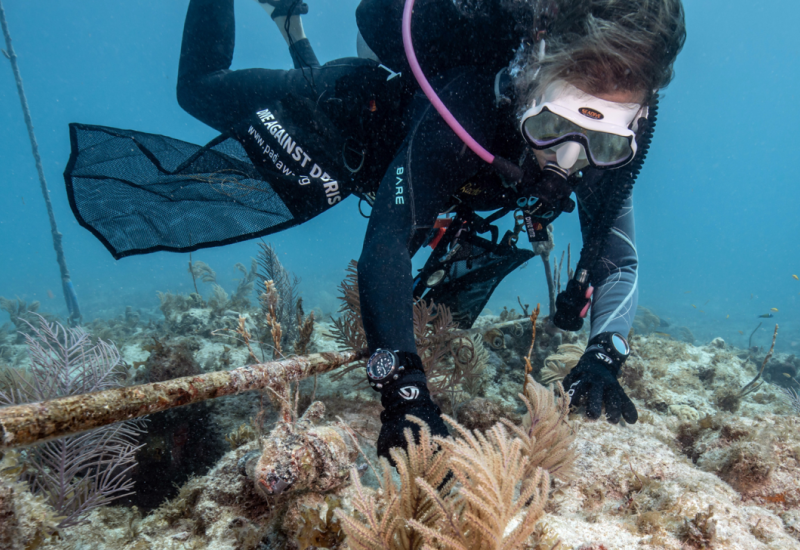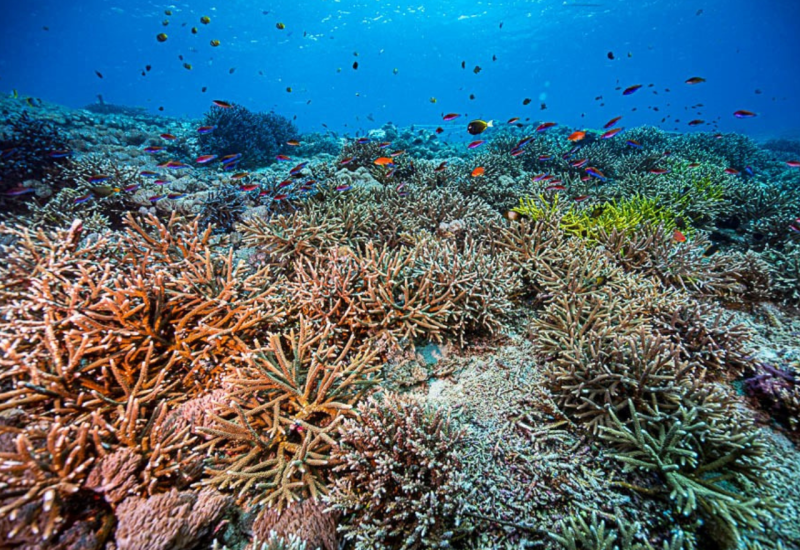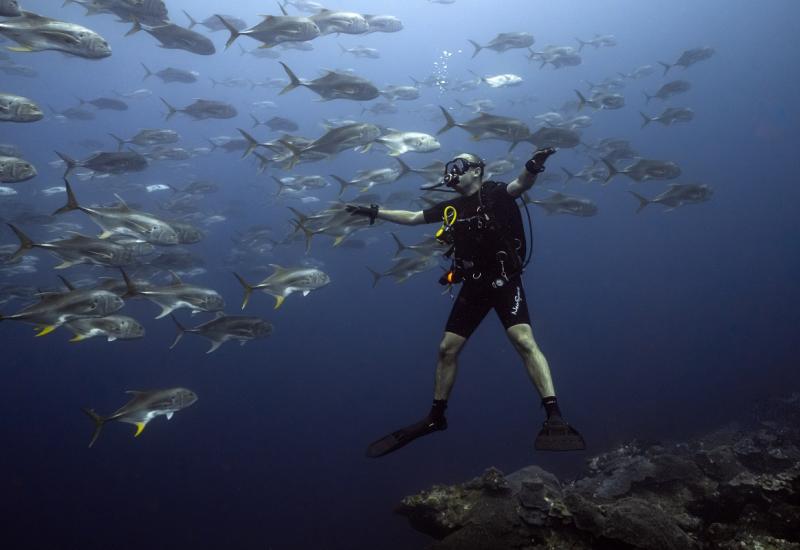Project AWARE Spotlight on Debris Activist: Curtis Snaper
Divers around the world are taking action to protect their favorite underwater playgrounds by joining Project AWARE’s latest initiative in the fight against ocean trash: Adopt a Dive Site. Launched one year ago this month, the Adopt a Dive Site initiative urges scuba divers to engage in ongoing, local protection of dive areas through a commitment to Dive Against Debris, Project AWARE’s flagship citizen-science marine-debris data collection program. As Adopt a Dive Site celebrates its first anniversary year, we’ll highlight the dive leaders taking charge and spearheading a new wave of ocean stewardship around the world. Take a closer look at our volunteers’ on-the-ground actions, and make the commitment to join us.
SPOTLIGHT ON DEBRIS ACTIVIST
Curtis Snaper
Las Vegas, Nevada, USA
Scuba diver since: 1999

Courtesy Curtis Snaper/Project AWARECurtis Snaper
From his first breath underwater as a diver, Curtis Snaper gained a deep respect and love for our ocean and freshwater environments. As his encounters with marine debris grew more frequent over the years, he grew compelled to take greater action. Now a master scuba instructor and 100% AWARE partner, Snaper conducts regular Dive Against Debris surveys and integrates Dive Against Debris education into every class he teaches.
What is your favorite dive site?
Cabinsite Point on the Arizona side of Lake Mohave just minutes from Laughlin, Nevada. It is a multiuse recreational area and one of our favorite dive-training sites with lots of wildlife. Underwater, there are plentiful bluegill, bass, catfish and the occasional freshwater turtle, and along the shoreline there are bighorn sheep, burros and roadrunners.
Why does Cabinsite Point need to be protected?
Our lakes and oceans are natural resources that are often neglected and ignored. Though you don’t see it from above, there’s trash beneath the waves that sits, collects and pollutes the underwater ecosystems that a healthy planet needs to thrive. I’ve seen it all from waterfowl drowning after being entangled in fishing line to broken glass and fishing hooks floating in swimming areas. As divers we are in a unique position: We not only see the degradation of our waterways firsthand, but we also witness the positive difference that our Dive Against Debris surveys have on the environment as they become healthier and remain enjoyable as recreational areas.

Courtesy Curtis Snaper/Project AWARECabinsite Point
Strangest piece of trash found underwater?
A fishing pole with fish still attached.
How do you Adopt a Dive Site?
I organize surveys and catalog the debris with my dive students on a monthly basis. I also reduce my use of plastic bags and straws, and encourage my students to do the same.
TOP FRESHWATER DIVES
In honor of Curtis Snaper’s choice of favorite dive site — Cabinsite Point — we've listed a few of our favorite freshwater dive locations below.
Capo D’Acqua // Italy
Underneath this lake are the remains of two mills and a village constructed in the Middle Ages. You need permission and a guide to dive it.
Arabia // Tobermory, Ontario,Canada
This 132-foot sailing barque has been beautifully preserved in Lake Huron’s chilly water. The ship’s two anchors are still in their cradles.
Lake Baikal // Russia Nerpa seals are endemic here, and sponge gardens, canyons and even some train tracks keep divers busy exploring the world’s deepest lake.
Crystal River // Florida
In winter, friendly manatees huddle in the river’s springs — such as Three Sisters — to stay warm and where they can feed on the aquatic plants found there. The encounters with these curious mammals are snorkel-only.










